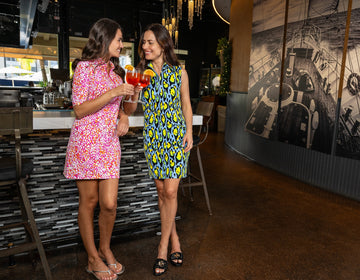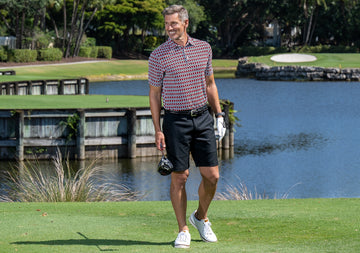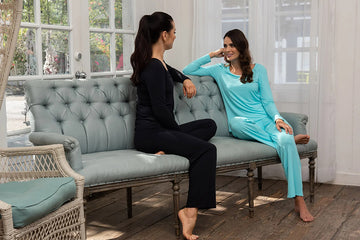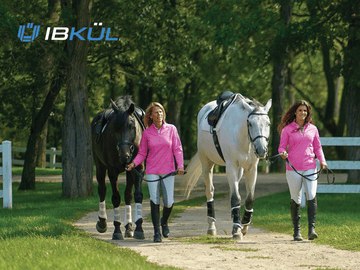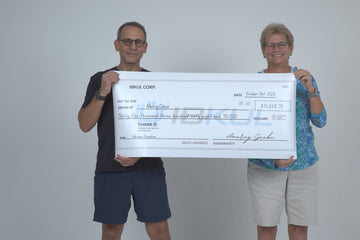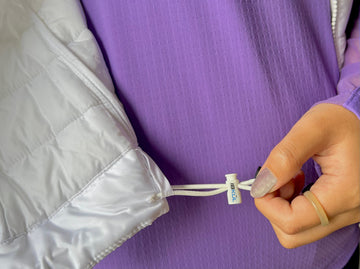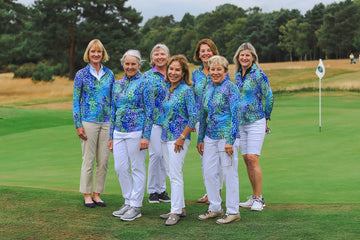 See Our IBKÜL Equestrian Collection
See Our IBKÜL Equestrian Collection
It’s only days until the Tokyo Olympic Games begin, but the excitement has been building for weeks. Qualifying events in sports like swimming, track and field, and gymnastics have dominated TV, and media coverage has been extensive for many other sports. But the equestrian events might have gone unnoticed up until now if not for one item of interest to the general public: Jessica Springsteen, daughter of The Boss himself, Bruce Springsteen, is making her Olympic debut on the jumping team. At 29, she is the youngest on the four-person team, so this year may bring some new viewers. Fun fact: the oldest woman to compete at the Olympics was Lorna Johnstone of Britain, in 1972 at age 70.
This year, there is a change to the rules for the high-profile team jumping competition which could make a lot of difference to the outcome. For the first time at the Games, the teams will be three people instead of four, putting more pressure on the riders to perform at their peak. (In the past, with four team members, the lowest score could be dropped.)
But Jumping is only one of three of the Equestrian Olympic disciplines. The other two are Dressage and Eventing, and each of the three have both individual and team competitions.
 IBKÜL Women Solid Long Sleeve Mock Neck Top 80000
IBKÜL Women Solid Long Sleeve Mock Neck Top 80000
Dressage is perhaps the oldest competition in the sport. The ancient Greeks developed it to prepare horses for war, where the ability to control the speed and maneuverability of what was essentially their most important battle gear was crucial. Jumping came out of English fox hunting and steeplechase, which developed over centuries as landholders began to own and fence off their properties. Eventing combines all aspects of horsemanship: not only Dressage and Jumping but Cross-country riding in a three-day event that tests the courage, endurance and skill of both horse and rider.
Women were not allowed to compete in the Olympic Equestrian disciplines until comparatively recently, beginning with Dressage in 1952. It’s interesting that after that, the Equestrian are the only sports where women and men compete together on equal terms.
We talk clothes, and Olympic Equestrian events have some very specific rules. In Dressage, riders wear formal attire, consisting of a flat-crowned black top hat, black or dark blue swallowtail coat, white hunting stock or off-white breeches, black dress boots and light-colored gloves and spurs. Jumpers wear a hunting cap, riding jackets, white shirt and choker for women and shirt and tie for men, white breeches and black boots. The riders wear spurs and carry a crop, and they all wear a helmet with a three-point retention harness. Eventing has specific guidelines for each event.
Although at the Olympics you will see very particular attire, non-competitive riders have a lot more leeway. Still, before you mount, a riding helmet is essential, particularly if jumping is on the agenda. Long pants like jeans, breeches, or leggings will keep you from chafing. And of course, you should wear an IBKÜL top made with our patented Iceƒil, to keep you cool, dry and protected from UVA and UVB rays while you enjoy your ride!
